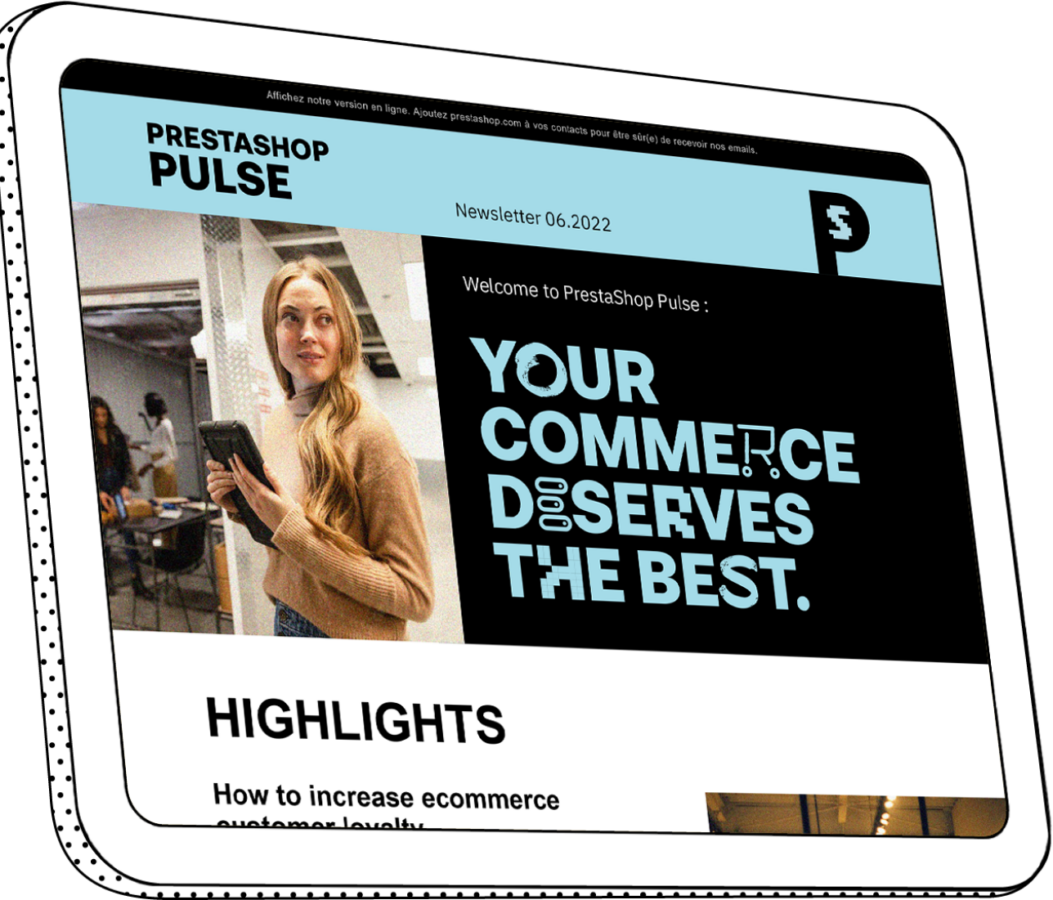E-Commerce SEO: How to Optimize Product Pages
Did you know that 39% of all global e-commerce traffic comes from search?
This is a critical reason why your e-commerce website needs to appear in SERPs or you may never be discovered by interested customers. Herein lies the importance of e-commerce SEO.
When done well, SEO allows e-commerce websites to reach their target audience without paying for ads. Of course, getting people to your website is only half the job. Once they find you, you need to razzle and dazzle them with impressive photos, compelling content, and more.
Wondering how you’re going to optimize your product pages for top ranks? We’ll tell you.
Use Arresting Photos and Videos

97% of page-one results on search engines have at least one image on the page. Further, 33.16% want to view multiple photos while 58.03% want to see product photos that show it in 360 degrees. This is natural since customers cannot touch, feel or try the product before purchasing it.
More often than not, the images and videos that customers see on the product page will determine whether or not they will buy. Using high-quality images with good lighting will help emphasize the product and its features. Also, including a few lifestyle images of the product will help customers imagine it in their own lives and form an emotional connect with it.
Similarly, including videos in the form of commercials, informative DIYs, and demos will also enable customers to see how the product fits into their lifestyle and solves their problems. This will further motivate them to buy the product.
Provide Detailed Content
A whopping 88% of shoppers consider detailed product content extremely important. Apart from stellar product photos and videos, you will do well to provide in-depth information regarding the product’s features and benefits.
Your product descriptions need to be succinct, yet engaging. Maintain the brand tone throughout, and use pertinent headings, sub-headings, and bullet points to make them more readable.
Make sure the page content is optimized for SEO with relevant keywords and phrases so it ranks better in SERPs and attracts more customers.
Ensure Mobile Optimization

In 2018, the mobile browser was the first choice for online searches for 44% of US adults. Moreover, 54% of all retail e-commerce is expected to be generated via m-commerce in the US by 2021. On top of that, Google’s mobile-first indexing update necessitates optimizing websites and product pages to enhance user experience across devices and platforms, help customers buy from anywhere at any time, and facilitate faster as well as more secure checkouts.
Boost Trust with Customer Ratings and Reviews

Honest product reviews and ratings clear customers’ doubts and encourage them to buy from you. Modern shoppers trust online reviews as much as they do personal recommendations as they make for reliable social proof. In fact, 86% of consumers read reviews for local businesses (including 95% of people aged 18-34).
Customers write great reviews when they are happy with the product. If you find that a repeat customer isn’t reviewing your products, you can politely ask him/her to do so via email. Make sure to include the necessary instructions and links in it though. You can even give them the option of giving you a quick rating out of five.
Bad reviews should be few and considered as suggestions for improvement. A healthy ratio of positive and negative reviews brings authenticity to your website. Upon resolving customer grievances, you can politely ask them to edit their review in your favor. Doing so will help you build loyalty and credibility.
Employ SEO Best Practices
A few best practices that will help you create SEO-friendly content without going wrong are mentioned below:
-
Include your primary keyword in your product page’s title tag and meta description. Further, make these elements as attention-grabbing as possible so customers feel compelled to click them.
- Use internal links to enable customers to explore your website further. If you can keep them engaged, they’re likely to purchase from you. Also, these links make it easy for search engine bots to crawl your website, which means your rankings are sure to go north.
- Your website content should be current, original, and appealing. Break up the points into headings/sub-headings and add descriptions containing the appropriate keywords.
- Using rich snippets will help search engines figure out the information on each of your web page. This, in turn, will help your product descriptions rank better and boost click-through rates. Refer schema.org for a variety of rich snippet choices featured for product availability, prices, and reviews.
- Every product image you use should include optimized image ALT text as it helps describe the contents of the image to e-reader users. In fact, Google penalizes websites that don’t have ALT text enabled. ALT text should be meaningful, to-the-point, and yet, descriptive. Sometimes, it can be used to include keywords as well.
- Invest in a comprehensive SEO tool, such as PrestaShop Add-ons’ SEO Module which can help improve SEO for your online store. It can be especially effective in optimizing your store’s visibility on search engines by filling in SEO tags, internal linking, the sitemap, and everything in between.
Optimize for Voice Search

22% of voice queries are directed towards local content. 82% of smartphone shoppers conduct “near me” searches, with more than 50% of these searches resulting in a store visit. With an increasing number of people using digital assistants on a daily basis, optimizing your product pages for voice search is crucial for SEO success. This technology relies on Natural Language Processing or NLP to identify customers’ voice texture, interests, and behavior.
Do bear in mind that the words used in voice searches are longer and conversational. For example, when searching for a local Mexican restaurant, the searcher is likely to use a phrase such as “best Mexican restaurant near me” or “find a Mexican restaurant near me.”
It is, therefore, best to include the following in your SEO strategy for voice search:
- Phrases commonly used to describe your location.
- Include “near me” in your title tags, meta description, internal links, and anchor text.
- Places of significance in your location.
Conclusion
While the main objective of all e-commerce websites is increasing conversions, it makes sense to proceed step-by-step in this direction. Before you convert, you need to be found and this is where e-commerce SEO can be immensely helpful. From using imposing photos and videos to using SEO best practices, following the above tips will help your e-commerce website rank higher in search engines and gain more traffic.
Sources : https://seotribunal.com/blog/stats-to-understand-seo/
https://www.nchannel.com/blog/ecommerce-strategy-mistakes/






